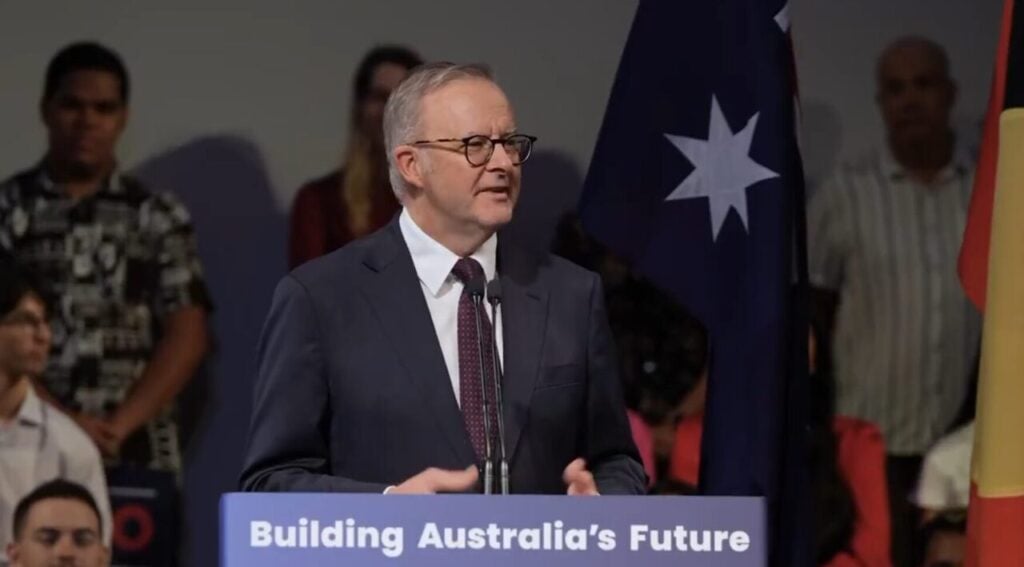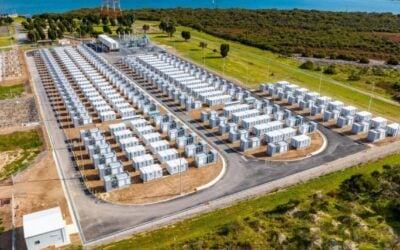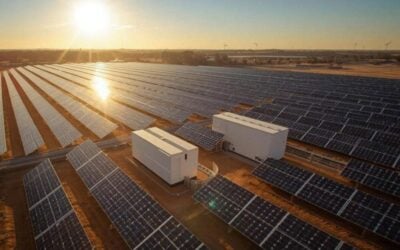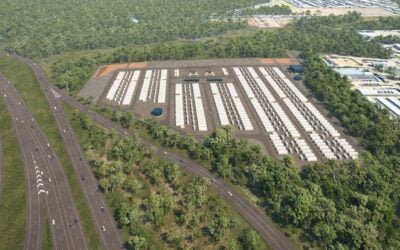
Australia’s Prime Minister, Anthony Albanese, has increased the country’s emissions reduction target for 2035 to a range of 62% to 70%.
The new target, announced last week (18 September), represents a substantial increase in climate ambition compared to Australia’s previously set 2030 goal of 43% emissions reduction.
According to the Climate Change Authority’s (CCA) advice, which informed the government’s decision, achieving even the lower end of this target range would require dramatically scaling renewable energy capacity, including tripling large-scale solar deployment and doubling rooftop solar installations across the country.
Also just announced, the government’s new ‘Net Zero Plan’ identifies the electricity sector as the primary driver of Australia’s emissions reduction pathway, with solar energy playing a central role in this transformation.
Try Premium for just $1
- Full premium access for the first month at only $1
- Converts to an annual rate after 30 days unless cancelled
- Cancel anytime during the trial period
Premium Benefits
- Expert industry analysis and interviews
- Digital access to PV Tech Power journal
- Exclusive event discounts
Or get the full Premium subscription right away
Or continue reading this article for free
The plan outlines how the electricity sector will need to achieve the deepest cuts of any economic sector to enable Australia’s broader decarbonisation goals.
Climate change and energy minister Chris Bowen emphasised the economic rationale behind the ambitious target: “This is an ambitious but achievable target – sending the right investment signal, responding to the science and delivered with a practical plan.
“It builds on what we know are the lowest cost actions we can deliver over the next decade, while leaving room for new technologies to take things up a gear.”
The government has also released the ‘Electricity and Energy Sector Plan’, establishing a framework for transforming Australia’s energy system. The plan recognises that achieving the 2035 target will require accelerating the deployment of proven clean energy technologies, with solar photovoltaics identified as a mature, cost-effective solution that can be rapidly scaled.
Consumer Energy Resources and grid integration
The Net Zero Plan identifies Consumer Energy Resources (CER), like rooftop solar and home battery energy storage systems (BESS), as key drivers in decarbonising Australia’s electricity system.
According to projections from the Australian Energy Market Operator’s (AEMO) Integrated System Plan, rooftop and other distributed solar could contribute over 20% of total annual generation in the National Electricity Market by 2050.
The Albanese government has prioritised increasing the battery attachment rate to these rooftop solar PV systems. This resulted in the creation of the Cheaper Home Batteries Program, which launched in July 2025.
The initiative became one of the key aspects of Labor’s 2025 election manifesto and promises an AU$2.3 billion (US$1.41 billion) home BESS subsidy scheme to help cut the upfront cost of home BESS by 30%.
The discount, offered via a rebate, is based on the usable capacity of the home BESS and will gradually decline until 2030. This could help households save around AU$4,000 on a residential battery storage system.
The government has also launched the Consumer Energy Roadmap to support the growth of rooftop solar PV and home battery installations. The Roadmap sets out national reform priorities to harness the full potential of distributed energy resources (DERs).
This includes addressing technical challenges related to grid integration, developing new market mechanisms to reward solar exports during peak demand periods, and ensuring equitable access to solar benefits across all communities.
CERs, commonly categorised in other countries as a subset of DERs, have become increasingly prominent in Australia, given the opportunity they could provide to decarbonise the National Electricity Market (NEM), which spans Australia’s eastern and southern states and Tasmania.
In late July 2024, the Australian Energy Market Commission (AEMC) introduced a new draft determination proposing to enable virtual power plants (VPPs) to compete directly with large-scale generators in the energy market. This would be achieved by allowing aggregated CERs to be scheduled and dispatchable in the NEM.
The AEMC cited that price-responsive small resources, such as backup generators and solar PV, could, therefore, respond to changes in spot prices. This would also contribute to a decentralised energy system.
Including CERs would result in cost savings of around AU$834 million between 2027 and 2050 while also further incentivising the uptake of small-scale solar PV installations.
You can read the full article on our sister site PV Tech.





